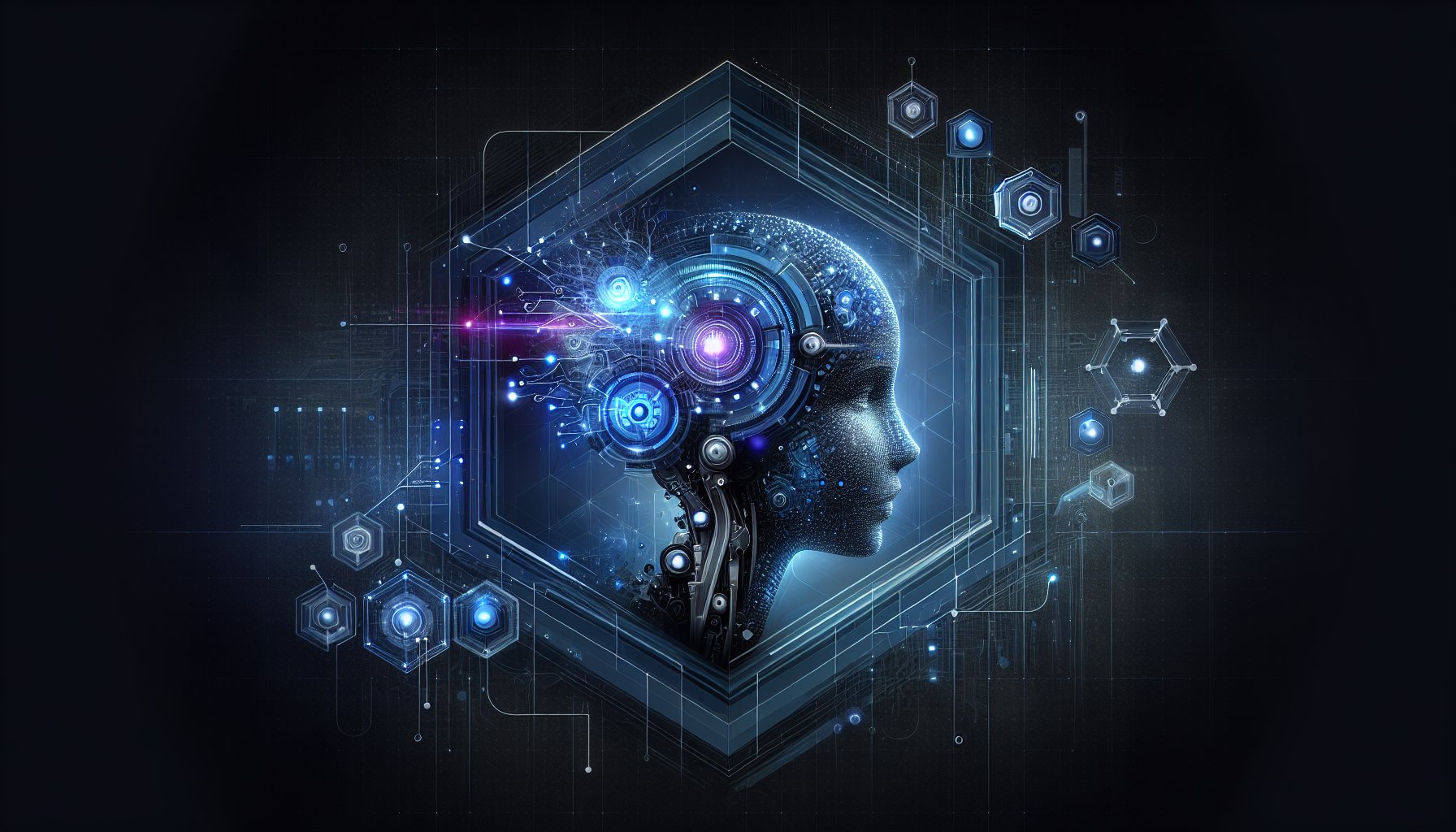Introduction
As technology advances at a lightning pace, businesses and IT professionals are increasingly turning to Artificial Intelligence (AI) to streamline operations, boost productivity, and deliver next-level solutions. This blog post delves into the most cutting-edge strategies for integrating AI into your IT development processes, focusing on the advanced technologies and trends shaping the future of our digital world.
Choosing the Right AI Model
There is no one-size-fits-all approach to AI integration. The right model depends on your specific needs, resources, and long-term goals. Whether it's Supervised Learning for predicting customer behavior, Unsupervised Learning for identifying hidden patterns, or Reinforcement Learning for autonomous systems, the choice of model is a crucial step in your AI integration journey.
Hybrid AI Models
Hybrid AI models, which combine various algorithms and learning styles, are gaining traction for their versatility and adaptability. They offer a seamless blend of human-like reasoning and machine efficiency, enabling more complex problem-solving and decision-making.
AI-First Development Approach
In the AI-first development approach, AI is not just an add-on but a core part of the development process. This approach encourages developers to think from the perspective of AI from the get-go, allowing for more seamless integration and superior results.
Utilization of AI Libraries and Frameworks
Modern AI libraries and frameworks like TensorFlow 2.0, Caffe2, and PyTorch have made AI integration more accessible than ever. These tools offer pre-trained models, high-level APIs, and comprehensive tutorials, enabling developers to hit the ground running with their AI projects.
Edge AI for Real-Time Processing
Edge AI brings machine learning algorithms to the device level, enabling real-time processing and decision-making. With the advent of 5G and IoT devices, Edge AI is poised to revolutionize industries ranging from healthcare to manufacturing.
Ensuring AI Ethics and Transparency
As AI becomes more prevalent, issues of ethics and transparency become increasingly important. Implementing ethical AI involves developing systems that are fair, explainable, and respectful of user privacy. Key strategies include using bias-free training data, providing clear data usage policies, and incorporating explainability features into AI models.
Conclusion: Capitalizing on AI Integration
As technology continues to evolve, successful AI integration will be a game-changer for businesses and developers alike. By embracing the latest AI models, adopting an AI-first approach, leveraging modern libraries and frameworks, and ensuring ethical practices, you can stay ahead of the curve and maximize the full potential of AI in your IT development processes.
With these strategies in hand, you're now equipped to navigate the exciting world of AI integration. Remember, the future of IT development lies not just in adopting AI, but in fully integrating it into our digital fabric. Stay tuned to this space for more insights into the future of AI and IT development. Remember, the key to staying current in this rapidly advancing field is continuous learning and adaptation. So, keep exploring, keep innovating, and most importantly, keep integrating AI into your IT development strategies for a future-ready business.